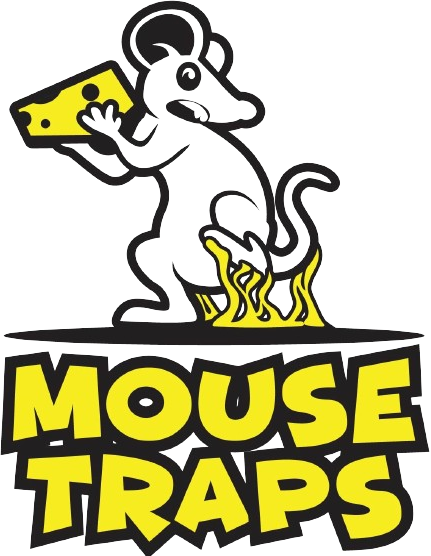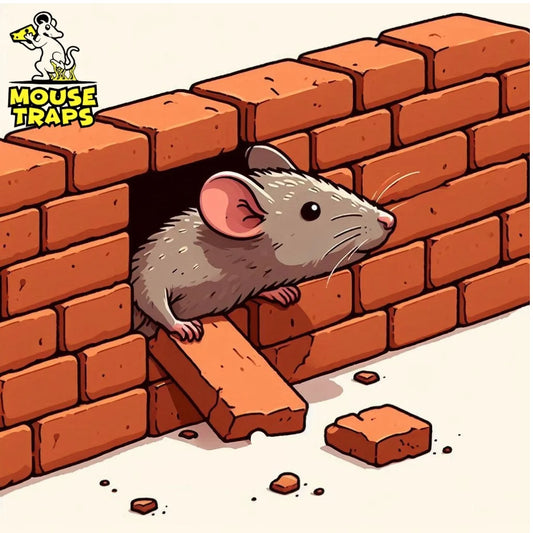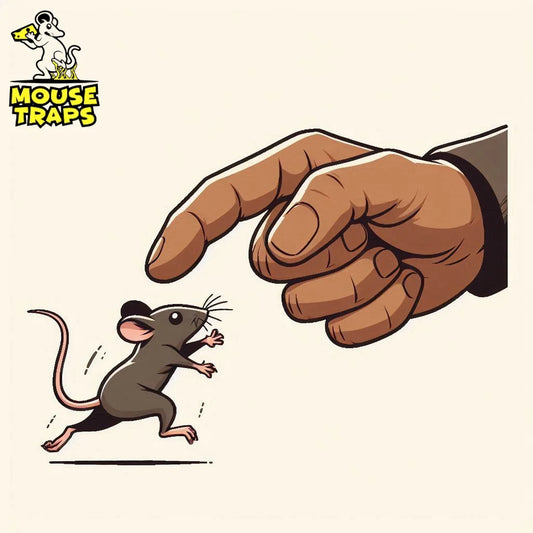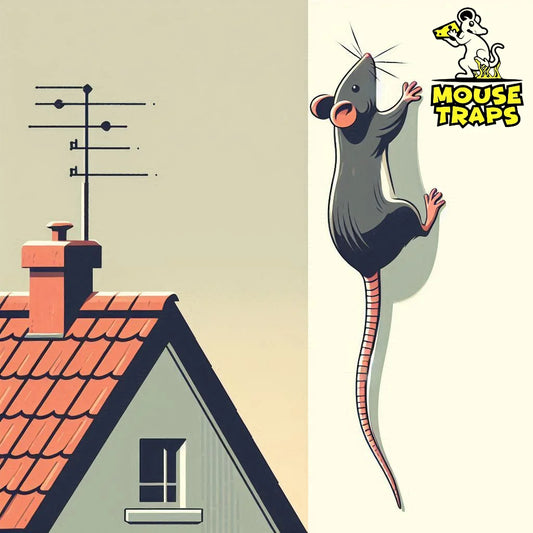Introduction:
As a restaurant owner or manager you understand the importance of maintaining an sanitary food storage space for the success of your business. Rats pose a risk, to food safety and cleanliness by spreading diseases and contaminating ingredients. It's crucial to put in place pest control strategies to protect the integrity of your storage areas. This guide will cover the significance of using mouse traps ways to prevent rats from entering your food storage spaces and offer advice to secure your restaurant. Lets delve into how you can keep these pests!
The Importance of Pest Control in Restaurants:
Running a restaurant involves managing various aspects to ensure customer satisfaction, and one of the top priorities is maintaining a clean and safe environment. Maintaining pest management is crucial, in this operation to avoid rats and other pests compromising the safety of your food storage spaces. An invasion of rats not poses health hazards. Also harms your image and business. By putting in place pest control strategies you can uphold the reputation of your eatery. Ensure the well being of both patrons and employees.

Understanding the Rat's Behavior and Motivation:
To start discussing how to use mouse traps it's important to grasp the behavior and motivations of rats. Rats are animals, with a sense of smell always on the lookout for fresh food and cozy places to make their homes. Restaurants are particularly attractive to them because of the food supply and comfortable spots, for nesting. Understanding their habits and likes can help you effectively thwart their activities.
Mouse Traps: A Proactive Solution for Rat Control:
Dealing with rat issues in restaurants using mouse traps is a way to tackle the problem. They're not kind. Also help you keep an eye on and manage the rat population in your place. Lets dive into how using mouse traps can stop rats from getting into your food storage spots.

Choosing the Right Mouse Trap for Your Restaurant:
There are various mouse trap options available, each with its own advantages and limitations. When selecting a mouse trap for your restaurant, consider factors such as reliability, safety, and ease of use. Snap traps, electronic traps, and live-catch traps are among the most popular choices. Evaluate each option based on your specific needs and the severity of the rat problem.
Proper Placement of Mouse Traps:
Effective placement of mouse traps is crucial for successfully catching rats. Carefully examine your food storage areas and identify potential entry points and high-risk areas where rats are likely to gather. Place traps near walls, corners, and areas where droppings or gnaw marks are present. Rats tend to follow a specific route, so positioning the traps strategically along their pathways increases the likelihood of capture.

Baiting Techniques for Maximum Effectiveness:
To entice rats toward the traps, baiting plays a vital role. Select baits that are attractive to rats, such as peanut butter, dried fruit, or bacon. Attach the bait securely to the trap, ensuring it doesn't easily detach. Remember to rotate the types of bait used periodically to maintain effectiveness. It's also essential to avoid over-baiting, as rats may become suspicious and avoid the traps. Finding the right balance is key.

Essential Measures to Prevent Rat Infestations:
While mouse traps are an effective tool, a comprehensive approach to rat control requires implementing preventive measures. Here are essential steps you should take to safeguard your restaurant's food storage areas.
Maintain a Clean and Sanitary Environment:
Rats are attracted to filth and unhygienic conditions, making cleanliness a top priority. Regularly clean your restaurant, paying special attention to storage and food preparation areas. Dispose of trash promptly, sweep and mop floors, and seal any open food containers tightly. By removing potential food sources, you diminish the attractiveness of your establishment to rats.

Seal Entry Points and Block Rat Access:
Inspect your restaurant for any potential entry points through which rats can infiltrate your food storage areas. Seal any gaps or openings in walls, floors, and ceilings. Focus on areas where utility lines enter the building, around doors and windows, and near vents. Strong, tight-fitting screens and door sweeps can further prevent rodent entry. By preventing rats from entering your premises you can lower the chances of dealing with pest problems.
Store Food Properly and Regularly Inspect Stock:
Improperly stored food is like an open invitation to rats. Ensure all food items are properly sealed in airtight containers, minimizing odors that attract rats. Regularly inspect your stock for signs of damage, as rats can gnaw through packaging materials. Implement a "first in, first out" policy to prevent food from sitting unused for extended periods, reducing the likelihood of attracting hungry rodents.

Regular Cleaning and Disposal of Waste:
Besides proper food storage, the regular cleaning and disposal of waste are critical to rat prevention. Promptly empty trash bins, seal garbage bags tightly, and store them in secure outdoor containers away from the restaurant building. Clean grease traps and drains regularly, as rats are attracted to food residues. By removing potential food sources and maintaining a clean environment, you make your restaurant an unattractive target for rats.

FAQs:
To address common queries and concerns related to rat control in restaurants, here are five frequently asked questions:
Conclusion:
It's crucial to safeguard your restaurants food storage spaces, from rat invasions to uphold food safety regulations and uphold the prosperity of your establishment. Utilizing a mix of traps preventive actions and proper hygiene practices can greatly lower the likelihood of rat problems. Keep in mind that staying alert and regularly maintaining these efforts are vital, for upholding your restaurants image and ensuring the well being of your patrons. Take control of the situation today, and enjoy peace of mind knowing your food storage areas are rat-free.




